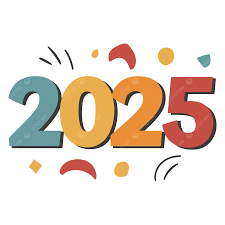Lifelong partners grapple with how and whether to stay together when one can’t care for the other.
You are here
As Boomers age, marketers' interest in their tech adoption will grow
 Tech adoption for older adults is growing...
Tech adoption for older adults is growing...
The surveyed ubiquity of technology has led to a belief that it is everywhere it needs to be, with media assumptions about the benefit of smartphones and online tools, ownership of devices, or access to broadband speeds. The majority of older adults now own smartphones and smart TVs. Why? To access digital services. And, of course, to connect with families. But it is past time to make smartphone user interfaces more usable (accessible even) and make sure that if it’s the only phone an older adult owns, it supports sharing tools like FaceTime, text chatting, or YouTube.
…Because it is increasingly essential for an aging population, but…. In December, AARP published its annual tech survey of individuals aged 50+. For the first time, they surveyed individuals in the 80+ age range, the most skeptical age group. Although many older adults recognize that technology can enable a healthier life, older adults aged 70+ did not agree. Two-thirds of responders expressed comfort with their digital skills – but comfort level diminished with age. And especially for 59% of those aged 70+, tech appears not to be designed with them in mind, though that percentage is down from 64% last year.
The senior housing industry sees technology as a growing priority. The pandemic placed a spotlight on major gaps in senior housing adoption of technology. As new construction slowed, occupancy loss has been largely recovered. And organizations began to experiment with and deploy AI to optimize scarce labor resources. But during 2025, the industry will have to make more technology investments that matter to prospective residents at the same time as overall senior living costs rise with 2025 starting out average $68,000 per year.
What tech matters in 2025 for residents of senior living? Broadband access, video, telehealth capabilities, and digital access will have growing importance. They will be key to senior-living’s competitiveness as well as their wellness-related offerings. As more residents bring in their own devices, some communities are considering the role of tech concierge to assist them, removing pressure from other staff members, who may spend nearly 20% of time helping residents with devices.
Fall detection moves from the body into the room(s), using sensors enhanced with AI. Mitigating fall risk is increasingly important for the wellbeing of older adults – the number of falls is rising each year, with falls accounting for 25% of hospital admissions – and many of those individuals no longer able to live independently. In senior living settings, new offerings have emerged recently seeking to detect falls and fall risk without a wearable, using a scale, radar, heat, cameras, video recording, sound – leveraging AI in all of these.
[See more data and observations in the 2025 Market Overview Technology for Aging]
